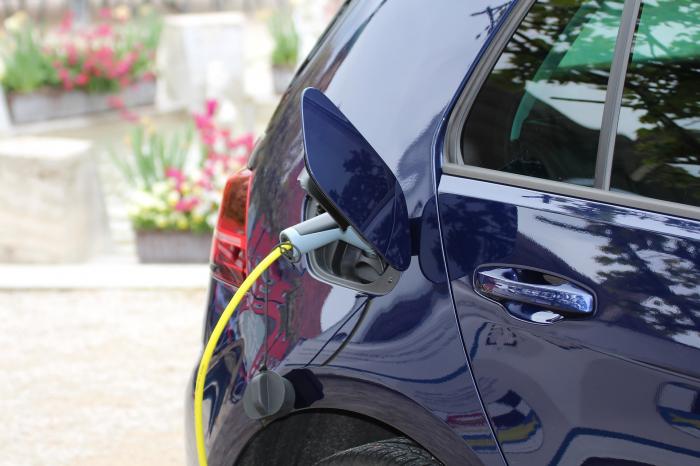One common concern about EVs is their range, but here is a guide to help you to understand them.
One common concern about EVs is their range, but here is a guide to help you to understand them.
When it comes to EVs first time buyers are often concerned about their range. In addition to this the life of the battery pack itself is also a concern. Consumers existing experience with mobile phones, tablets and laptops has taught them that with time batteries can lose efficiency and require charging more frequently, but can the same be said for EV batteries? The good news is that EV cells are far more resilient than you might think and there are ways to make them last longer too.
Electric Car Battery Life
One of the most common concerns when it comes to electric cars is battery life as all batteries degrade with time and use, which means that with time the range of your car is reduced. Part of this concern is based on the cost of batteries, which could easily cost more than the car is worth by the time it needs replacing. Having said that it’s not all bad news as there are ways to prolong the life of your car battery and whilst car batteries do degrade with time they should still provide 70% of their capacity even after 200,000 miles. One example is a number of the Tesla Model S taxis that operate out of Gatwick airport, which had racked up over 300,000 miles each in the space of three years, yet all of them retained at least 82% of their battery capacity.
How To Care For Your Electric Car Battery
So how do you go about caring for your EV’s battery? One major way of doing that is to carefully manage how it is charged and discharged, which primarily means avoiding the battery dropping below 20% and not adding more than 80% when charging. The reason for not charging it above that is that is when batteries tend to get to their hottest temperature when charging, which in the long run can take a toll on the internal chemistry of the battery.
Thankfully most EVs now have features to help with this by being able to programme its charging schedule. This allows you to decide when the electricity flows and critically lets you set a cap on how much the battery is charged. In addition to this you should also ensure that your car isn’t left unused for long periods of time as this allows the electricity to leech away, which should be avoided.
With regards to charging you should also try and use DC rapid chargers sparingly, as the speed of these comes with the by-product of increased temperatures, which can be damaging to your battery. That’s not to say that these shouldn’t ever be used if needed on longer journeys or in an emergency, but you should avoid using them too regularly.
If the EV is to be used in extreme temperatures, whether that be hot or cold, then always make sure that the car is plugged in to charge with a cap set at 80% as this will allow the thermal management system to maintain the optimum temperature for longevity.
The final aspect that can impact on your Ev’s battery is how you drive it. In a similar fashion to rapid charging, fast depletion of the battery can also have a negative impact. This means that ultimately the faster you drive the car and the more you make use of it’s ability for lightning getaways, the more heat you will build up in the battery that also leads to damage.
